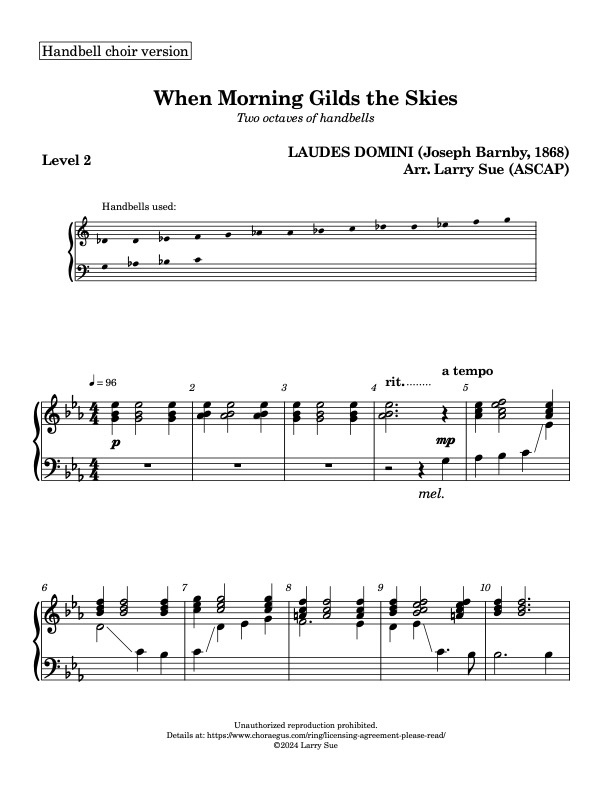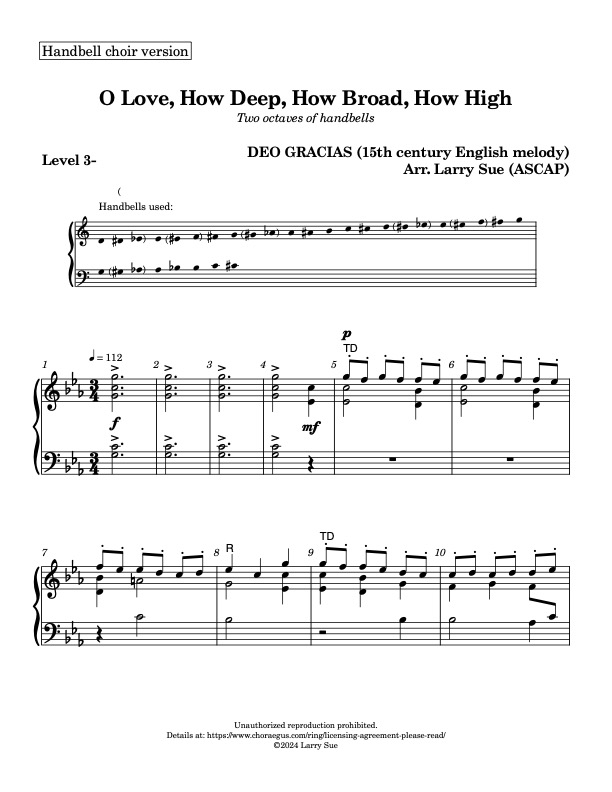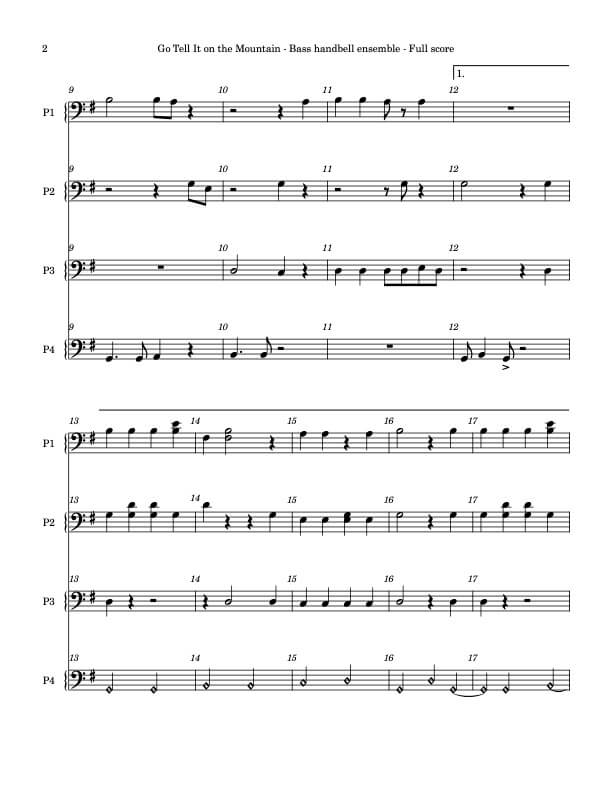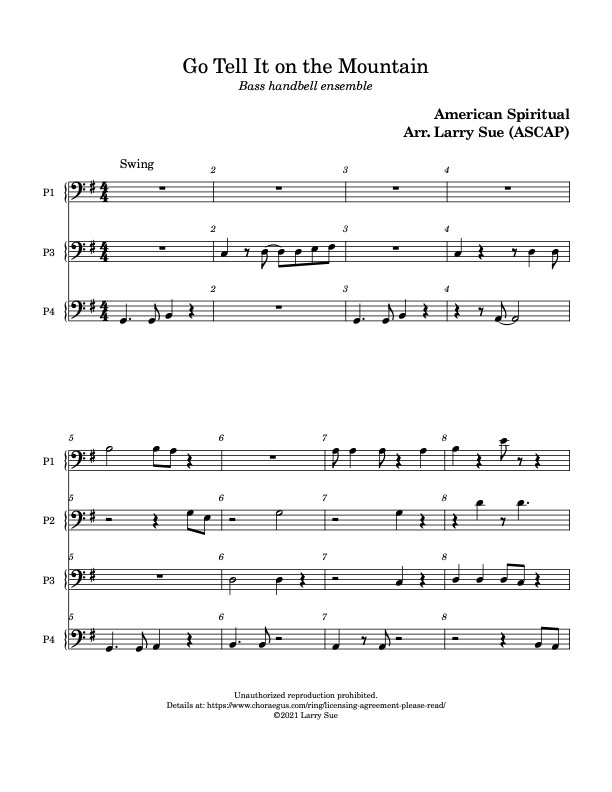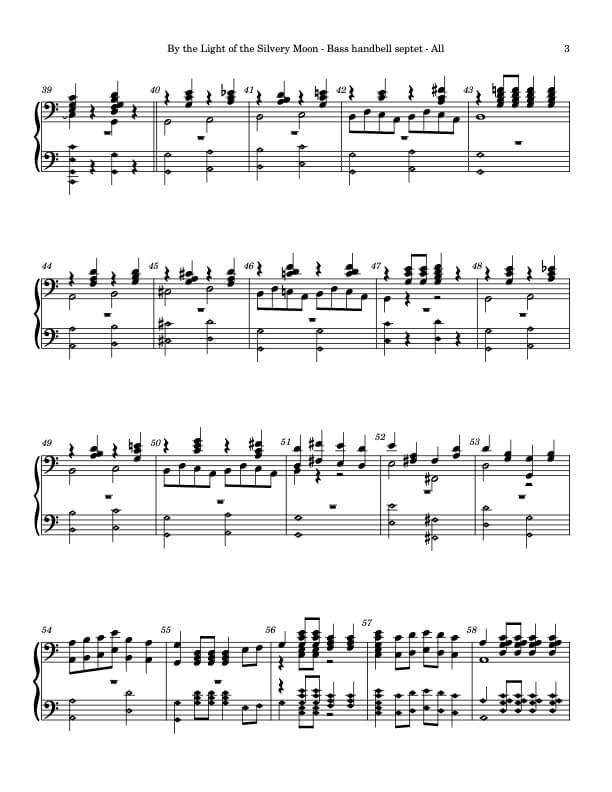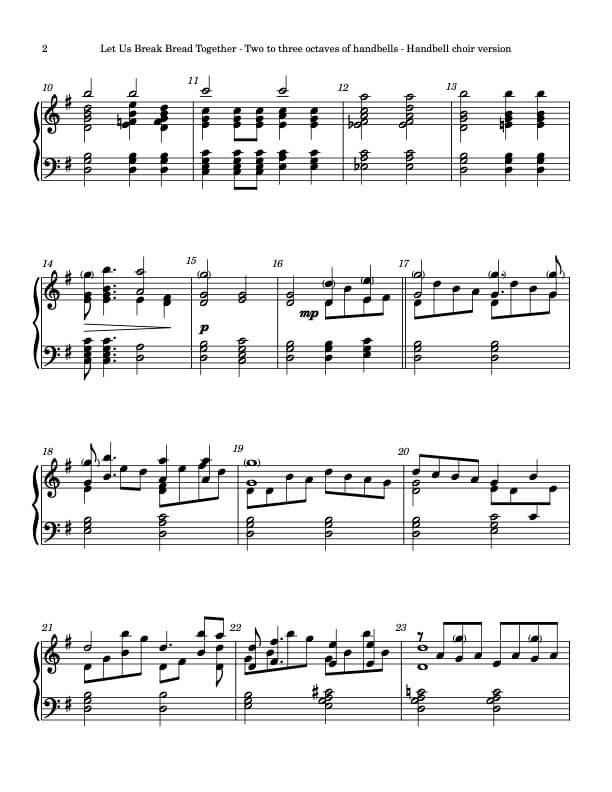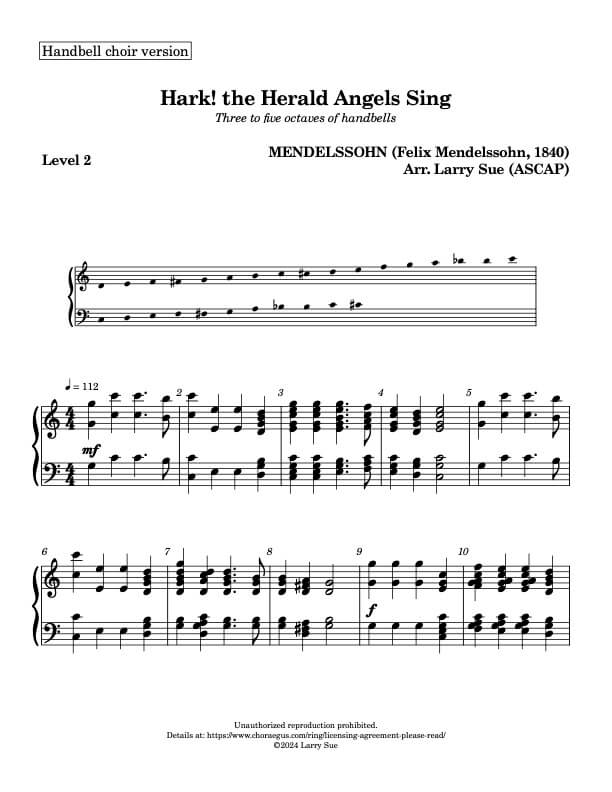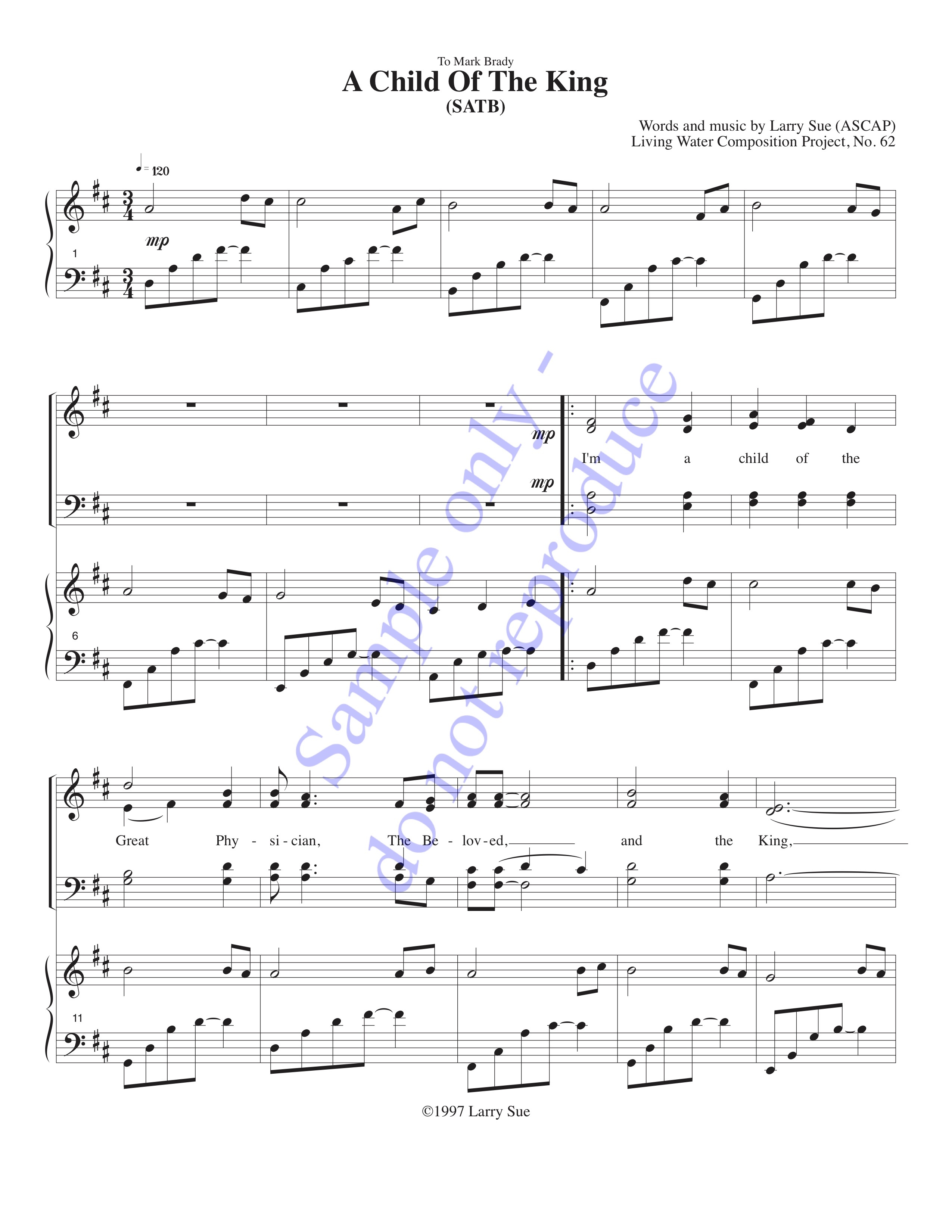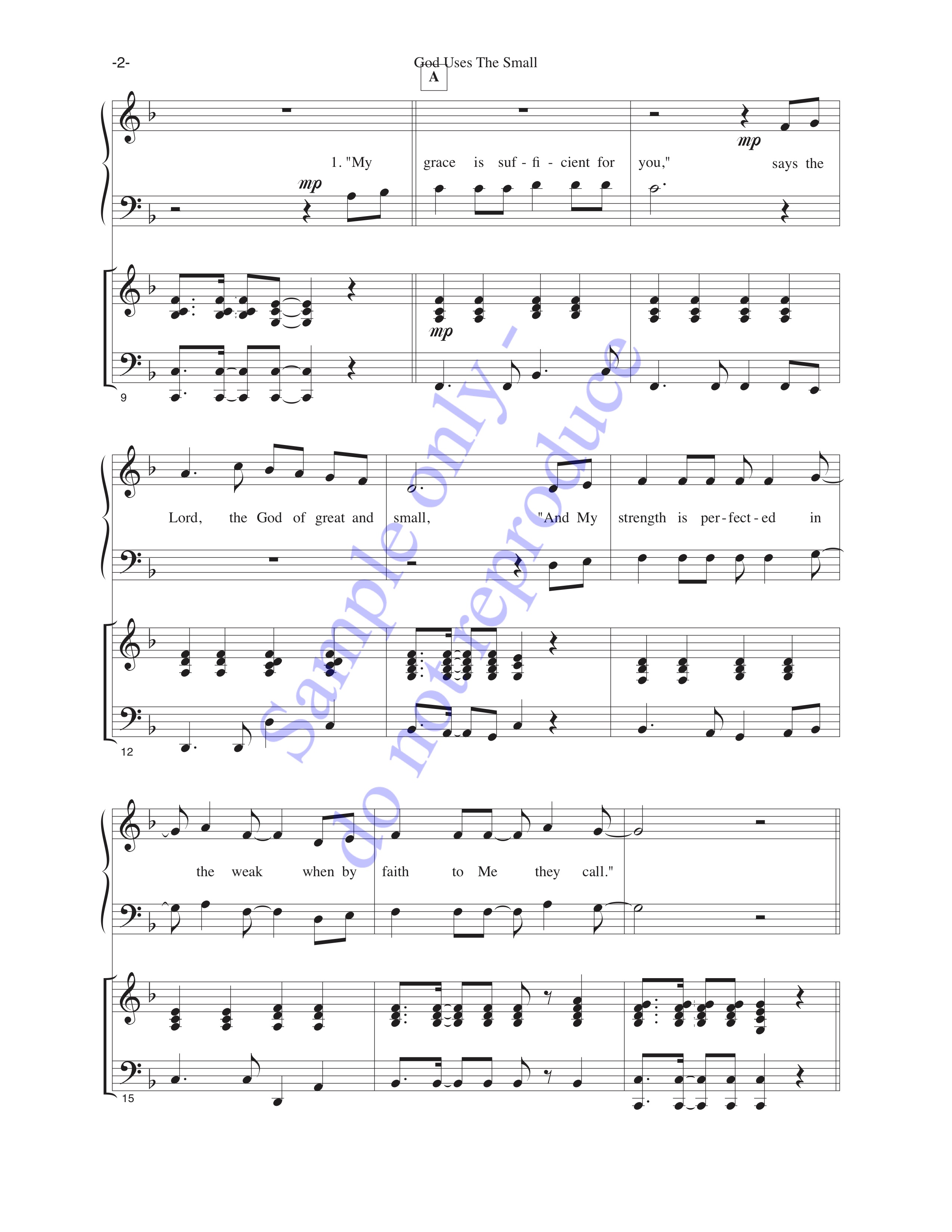We (Larry and Carla) are starting to get ready for the 2013 holiday season. We have over an hour of eight-bell Christmas music, so that means we can be part of a service, or a dinner party, or a corporate celebration… or you can even have us put on a concert at your church or organization!
Meanwhile, there still is time between now and the fall, so we’d love to play at your wedding or other special occasion!
All you have to do is click on “Book Us!” above, and send us a message!


